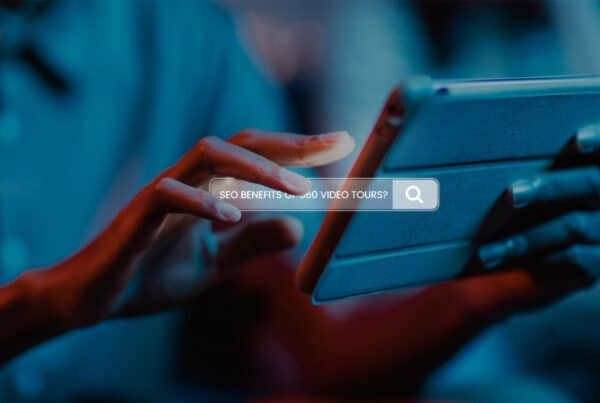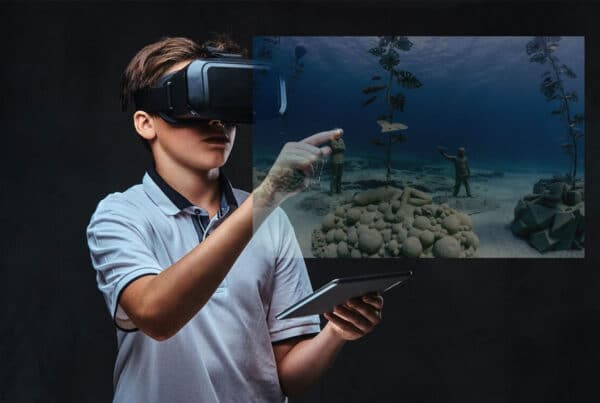
Introduction
As 360 video tours become increasingly popular for marketing, real estate, tourism, and other industries, creators must be aware of the potential copyright issues that can arise. These immersive experiences allow users to explore environments interactively, but they also come with legal responsibilities regarding the content used in the tours. This article will examine the various copyright issues to consider when creating 360 video tours, including intellectual property rights, permissions, and best practices for compliance.
Understanding Copyright in the Context of 360 Video Tours
What is Copyright?
Copyright is a legal framework that grants creators exclusive rights to their original works. This includes literary, artistic, musical, and audiovisual works. Copyright protection allows creators to control how their works are used, reproduced, and distributed. In the context of 360 video tours, several elements may be subject to copyright protection, including:
- Video Footage: The actual video captured during the tour.
- Audio Tracks: Any music or sound effects included in the tour.
- Visual Elements: Graphics, images, or logos featured within the tour.
- Narration or Voiceovers: Any spoken content that accompanies the visual experience.
The Importance of Copyright Compliance
Ensuring compliance with copyright laws is crucial for several reasons:
- Legal Protection: Violating copyright laws can lead to legal disputes, financial penalties, and damage to your reputation.
- Respect for Creators: Acknowledging and respecting the rights of original creators fosters a culture of creativity and innovation.
- Quality Assurance: Using properly licensed materials ensures that your 360 video tour maintains a professional standard.
Key Copyright Issues to Consider
1. Ownership of Content
When creating a 360 video tour, it’s essential to determine who owns the rights to the content being used.
- Original Works: If you create all elements of the tour (video footage, audio tracks, graphics), you generally hold the copyright to those materials.
- Third-Party Content: If your tour includes third-party content—such as music tracks from a library or images created by other artists—you must obtain permission or licenses to use those materials. Failure to do so can result in copyright infringement claims.
2. Permissions and Licenses
Obtaining proper permissions and licenses is critical when using copyrighted materials in your 360 video tours.
- Music Licensing: If you plan to include music in your tour, ensure that you have the appropriate licenses. Many platforms offer royalty-free music libraries where you can purchase licenses for specific tracks.
- Image Rights: If your tour features artwork or photographs created by others, obtain permission from the copyright holder before including them in your content. This is particularly important for artwork displayed in museums or galleries.
3. Fair Use Considerations
The doctrine of fair use allows limited use of copyrighted material without permission under certain circumstances. However, fair use is not a blanket exemption and must be evaluated on a case-by-case basis.
- Factors Affecting Fair Use: Courts typically consider four factors when determining whether a use qualifies as fair use:
- The purpose and character of the use (commercial vs. educational).
- The nature of the copyrighted work.
- The amount and substantiality of the portion used.
- The effect of the use on the market value of the original work.
While fair use may apply in some situations—such as educational content—it is essential to consult legal advice before relying on this doctrine for your 360 video tours.
4. Privacy Concerns
When creating 360 video tours in public spaces or private properties, privacy concerns can arise regarding individuals captured in your footage.
- Consent Forms: It’s advisable to obtain consent from individuals who appear prominently in your videos. This is particularly important if you are filming in areas where people may not expect to be recorded.
- Public vs. Private Spaces: Filming in public spaces generally does not require consent; however, filming in private properties often does. Ensure you have permission from property owners before recording.
5. Trademarks and Branding
Incorporating trademarks or branded elements into your 360 video tours can lead to potential legal issues if not handled correctly.
- Brand Permissions: If your tour includes recognizable logos or branded products, obtain permission from the brand owners before using these elements in your content.
- False Associations: Be cautious about creating content that might imply an endorsement or affiliation with a brand without their consent. This can lead to trademark infringement claims.
Best Practices for Avoiding Copyright Issues
To mitigate potential copyright issues when creating 360 video tours, consider implementing these best practices:
1. Conduct Thorough Research
Before starting your project, research all elements you plan to include in your tour. Identify any copyrighted material and determine whether you need permissions or licenses.
2. Use Royalty-Free Resources
Whenever possible, utilize royalty-free music and stock images that come with clear licensing agreements. This reduces the risk of copyright infringement while still allowing you to create engaging content.
3. Create Original Content
Developing original content for your 360 video tours helps avoid copyright issues altogether. Invest time in producing unique footage and audio tracks that reflect your brand’s identity.
4. Obtain Written Permissions
For any third-party content used in your tours, secure written permissions from copyright holders before including their materials. Keep records of these agreements for future reference.
5. Consult Legal Experts
If you are unsure about copyright issues related to your project, consult with legal experts specializing in intellectual property law. They can provide guidance on compliance and help you navigate complex legal landscapes.
Conclusion
Creating engaging and immersive 360 video tours presents exciting opportunities for businesses across various industries. However, it is essential to navigate potential copyright issues carefully to avoid legal complications and protect intellectual property rights. By understanding ownership rights, obtaining necessary permissions and licenses, considering fair use factors, addressing privacy concerns, and following best practices for compliance, creators can produce high-quality virtual experiences while respecting the rights of others.As technology continues evolving and more businesses embrace immersive content formats like 360 video tours, awareness of copyright implications will remain vital for maintaining ethical standards and fostering creativity within this dynamic landscape.




